Home>Gardening & Outdoor>Outdoor Structures>What Is The Largest Shed You Can Buy
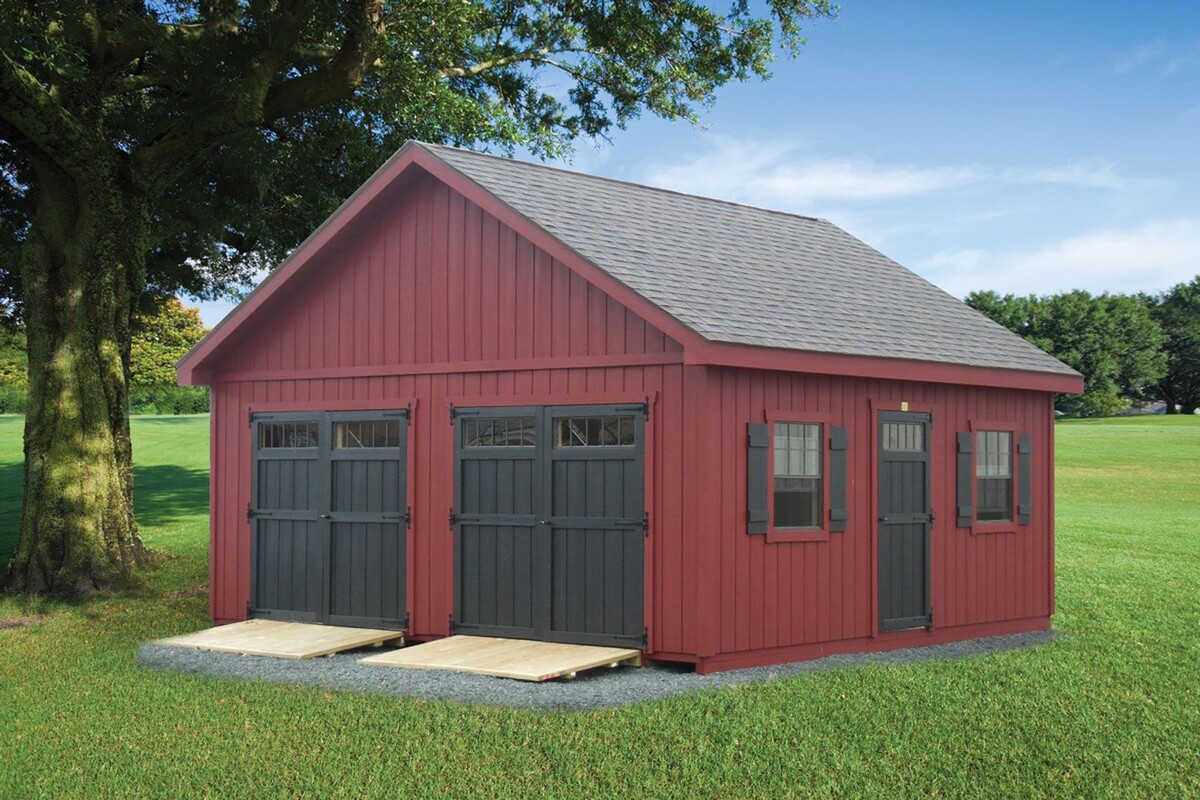

Outdoor Structures
What Is The Largest Shed You Can Buy
Modified: February 28, 2024
Discover the largest shed you can buy and create the perfect outdoor storage solution with our range of durable and spacious outdoor structures. Explore your options today!
(Many of the links in this article redirect to a specific reviewed product. Your purchase of these products through affiliate links helps to generate commission for Storables.com, at no extra cost. Learn more)
Introduction
When it comes to outdoor storage solutions, sheds stand out as versatile and practical structures. Whether you need to store gardening tools, outdoor equipment, or create a workshop space, a shed offers the perfect solution. However, the size of the shed plays a crucial role in determining its functionality and suitability for your specific needs. In this article, we will delve into the world of shed sizes, explore the factors that influence their dimensions, and ultimately, uncover the largest shed that you can buy. So, if you're ready to embark on a journey of shed discovery, let's dive in!
Key Takeaways:
- The size of a shed is crucial for its functionality, and factors like storage needs, intended use, available space, and local regulations should be considered when choosing the right size.
- The largest sheds available offer ample space for storage and workshops, with customizable options to meet specific needs. Understanding shed sizes empowers informed decision-making for outdoor storage solutions.
Read more: What Can You Store In An Outdoor Shed
Understanding Shed Sizes
Shed sizes can vary significantly, ranging from compact storage units to spacious workshops. Understanding the dimensions and classifications of sheds is essential for making an informed decision when selecting the right one for your needs. Sheds are typically categorized based on their square footage, with common sizes including 6×8, 8×10, 10×12, and larger.
It’s important to consider the intended use of the shed when determining the appropriate size. For example, if you plan to store a lawnmower, gardening tools, and bicycles, a larger shed with ample floor space and headroom would be ideal. Conversely, if the shed will primarily serve as a compact storage space for a few items, a smaller size may suffice.
Additionally, the roof style can impact the usable space within the shed. A gable roof, with its classic A-frame design, offers more headroom and potential for storage lofts. On the other hand, a lean-to or pent roof shed may have limited overhead space but can be an excellent space-saving option for smaller yards.
Understanding shed sizes also involves evaluating the footprint of the structure in relation to your outdoor space. It’s essential to measure the available area in your yard to ensure that the chosen shed size fits comfortably without overwhelming the surroundings. Considering setbacks, property lines, and accessibility for installation and maintenance is crucial in this assessment.
As you explore the world of shed sizes, keep in mind that customization options are often available. Many manufacturers offer the flexibility to add extensions, lofts, or porches to standard shed models, providing a tailored solution to meet specific size and functionality requirements.
Factors Affecting Shed Size
Several key factors come into play when determining the ideal size for a shed. Understanding these factors is essential for making a well-informed decision that aligns with your storage and usage needs.
- Storage Requirements: The primary consideration is the items you intend to store in the shed. If you have a riding lawnmower, large garden equipment, or bulky outdoor furniture, a larger shed with sufficient floor space and height is necessary to accommodate these items comfortably. Conversely, if your storage needs are minimal, a smaller shed may suffice.
- Intended Use: The purpose of the shed plays a significant role in determining its size. Will it serve as a simple storage space, a workshop for DIY projects, a gardening hub, or a combination of these functions? Understanding how you plan to utilize the shed will guide you in selecting the appropriate size to support your activities.
- Available Space: Assessing the available space in your yard is crucial. Consider the dimensions of the shed in relation to your outdoor area, ensuring that it fits harmoniously without dominating the landscape. It’s also important to account for setbacks, easements, and any local regulations pertaining to shed placement.
- Future Expansion: Anticipating future needs is wise when choosing a shed size. If you foresee acquiring additional tools or equipment, or if your hobbies and activities may evolve, opting for a slightly larger shed than your current requirements dictate can provide flexibility for future expansion without the need for a replacement.
- Local Building Codes: Familiarize yourself with local building codes and zoning regulations related to sheds. These may stipulate size restrictions, setback requirements, and overall compliance with property guidelines. Adhering to these regulations is essential to avoid potential issues in the future.
By carefully considering these factors, you can make an informed decision regarding the size of your shed, ensuring that it meets your current needs while allowing for future adaptability and compliance with local regulations.
When looking for the largest shed to buy, consider the available space in your yard and any local regulations on shed size. Measure the area where you want to place the shed to ensure it will fit properly.
The Largest Shed You Can Buy
For individuals with extensive storage requirements or a need for a spacious workshop, the largest pre-built sheds offer an ideal solution. These expansive structures provide ample room to accommodate a wide array of items, from large gardening equipment to recreational vehicles. While the specific dimensions of the largest available sheds can vary among manufacturers, there are several common sizes and styles worth exploring.
One of the most popular options for a large shed is the barn-style design, often referred to as a gambrel-roof shed. This style offers generous headroom and often features a loft area for additional storage or workspace. With dimensions ranging from 12×16 to 14×40 and beyond, these sizable sheds are well-suited for homeowners seeking a substantial storage solution or a dedicated workshop space.
Another notable contender in the realm of large sheds is the gable-roof model. With widths reaching 16 feet or more and lengths extending to 40 feet or longer, these expansive structures provide a versatile and expansive storage environment. Their classic A-frame design not only offers ample headroom but also allows for the installation of optional lofts and shelving systems to maximize the use of vertical space.
It’s important to note that the largest shed you can buy may also come in the form of customizable modular structures. These versatile units can be tailored to your specific size requirements, allowing for virtually limitless configurations to meet your storage and workspace needs.
When considering the largest shed for your property, it’s essential to assess the available space for installation, ensuring that the chosen size harmonizes with your outdoor environment. Additionally, factors such as local building codes, property setbacks, and accessibility for delivery and assembly should be carefully considered to facilitate a seamless integration of the shed into your property.
Ultimately, the largest shed you can buy offers a compelling solution for homeowners and property owners seeking an expansive and customizable outdoor storage and workspace solution. By exploring the diverse range of sizes and styles available, you can find a shed that perfectly aligns with your storage, workshop, or recreational needs.
Conclusion
As you navigate the world of shed sizes, it becomes evident that the dimensions of these outdoor structures play a pivotal role in their functionality and suitability for various needs. Understanding the factors that influence shed size, such as storage requirements, intended use, available space, future expansion, and local building codes, empowers you to make informed decisions when selecting the right shed for your property.
Whether you opt for a compact storage unit or the largest pre-built shed available, it’s essential to align the size of the shed with your specific needs and the spatial dynamics of your outdoor environment. By carefully assessing these factors, you can ensure that the chosen shed not only meets your current requirements but also allows for future adaptability and complies with local regulations.
Furthermore, the availability of customization options, such as additional extensions, lofts, and porches, provides a tailored approach to creating a shed that perfectly caters to your storage, workshop, or recreational needs. This flexibility allows you to personalize the size and features of the shed to create a functional and harmonious addition to your property.
In conclusion, the world of shed sizes offers a diverse range of options to accommodate various storage, workshop, and recreational needs. Whether you seek a compact yet efficient storage solution or the largest shed available for extensive storage and workspace requirements, understanding the nuances of shed sizes empowers you to make a well-informed choice that enhances the functionality and aesthetic appeal of your outdoor space.
So, as you embark on your shed selection journey, may you find the perfect size that not only meets your practical needs but also complements the charm and functionality of your outdoor environment.
Frequently Asked Questions about What Is The Largest Shed You Can Buy
Was this page helpful?
At Storables.com, we guarantee accurate and reliable information. Our content, validated by Expert Board Contributors, is crafted following stringent Editorial Policies. We're committed to providing you with well-researched, expert-backed insights for all your informational needs.
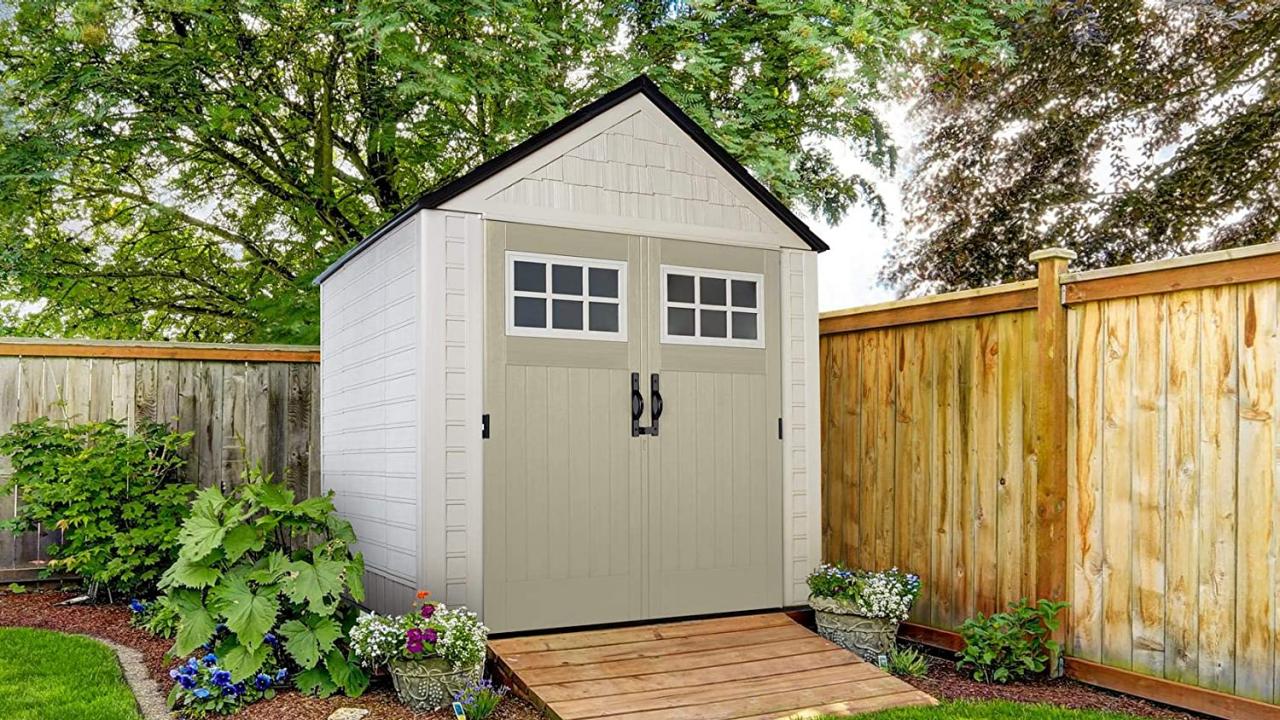

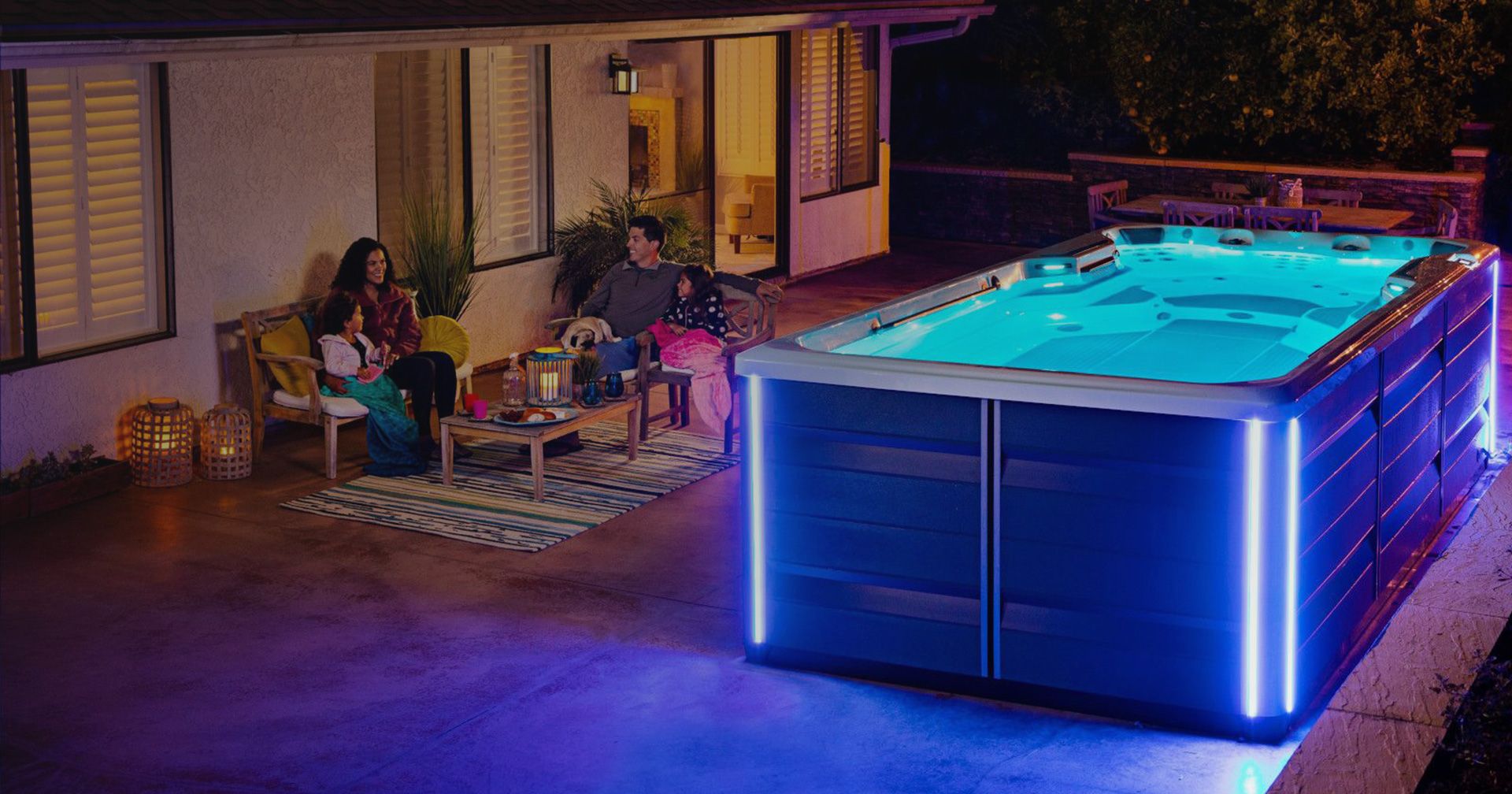
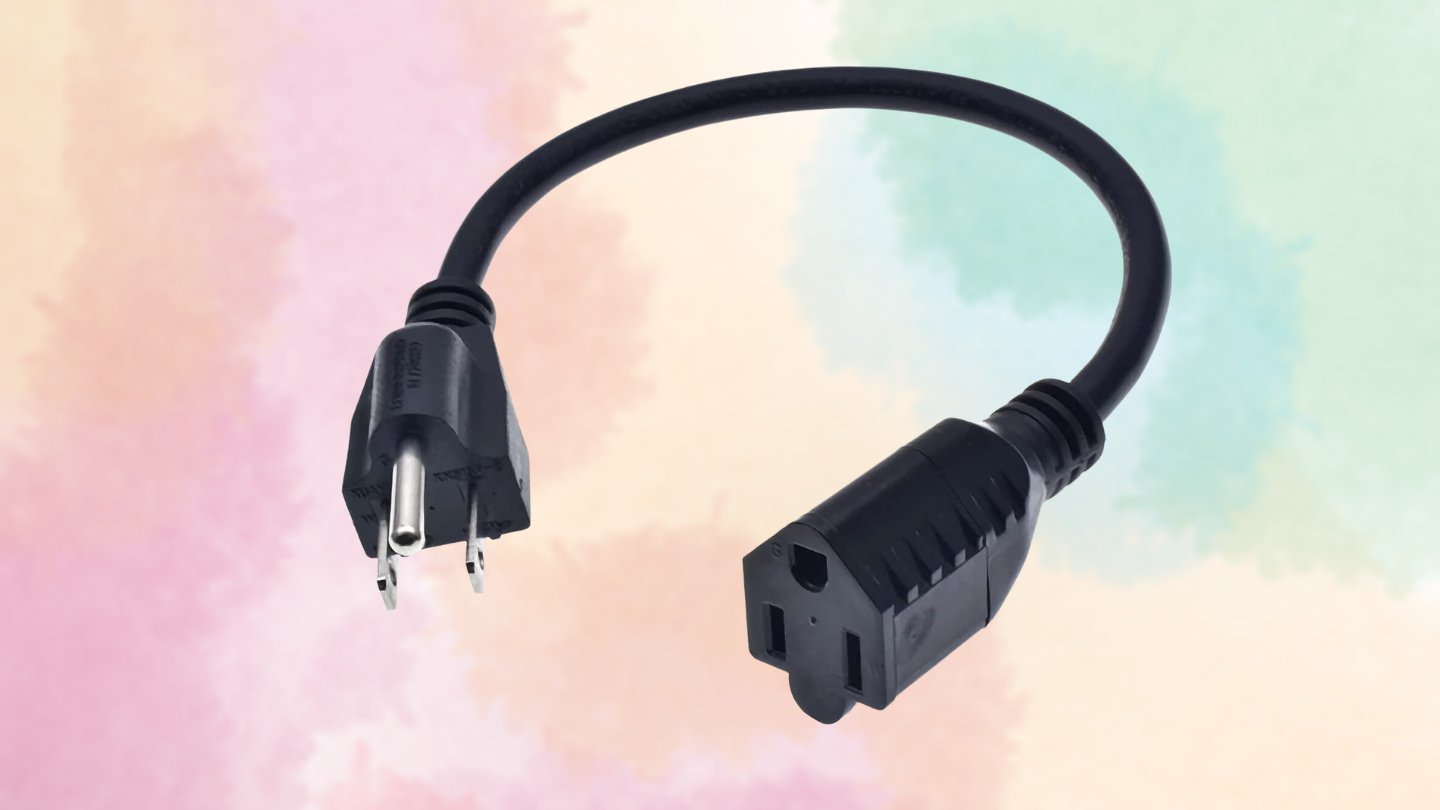
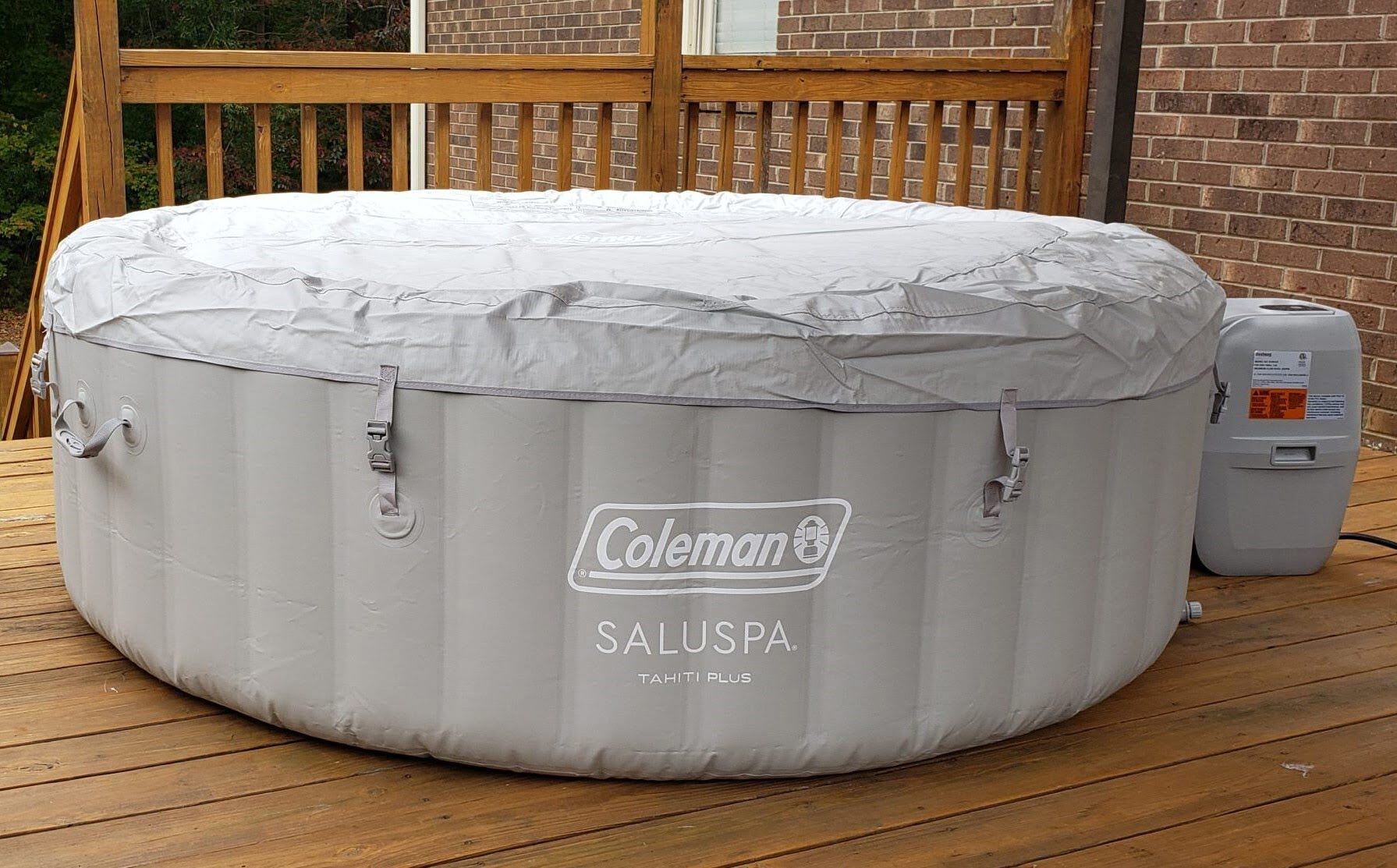
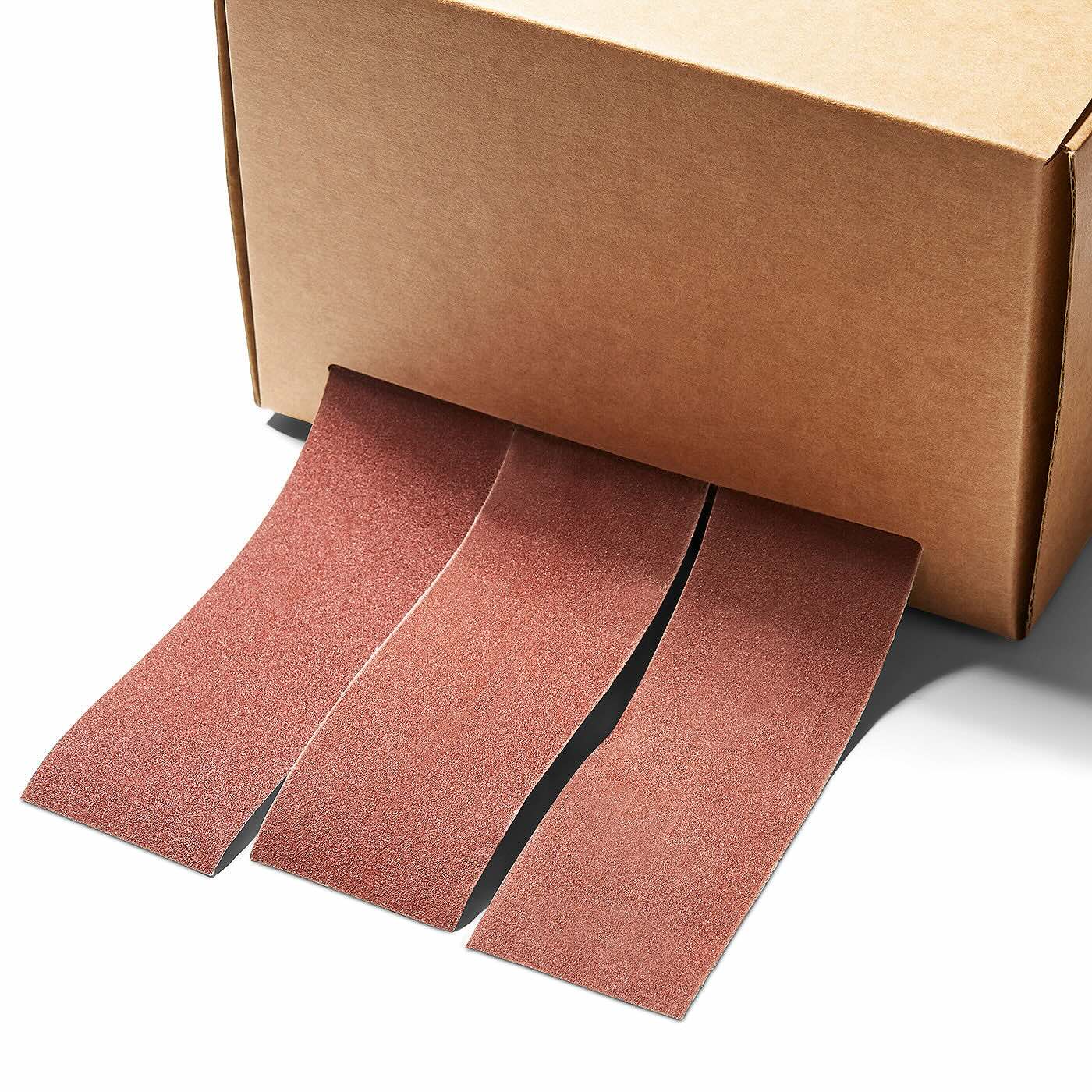


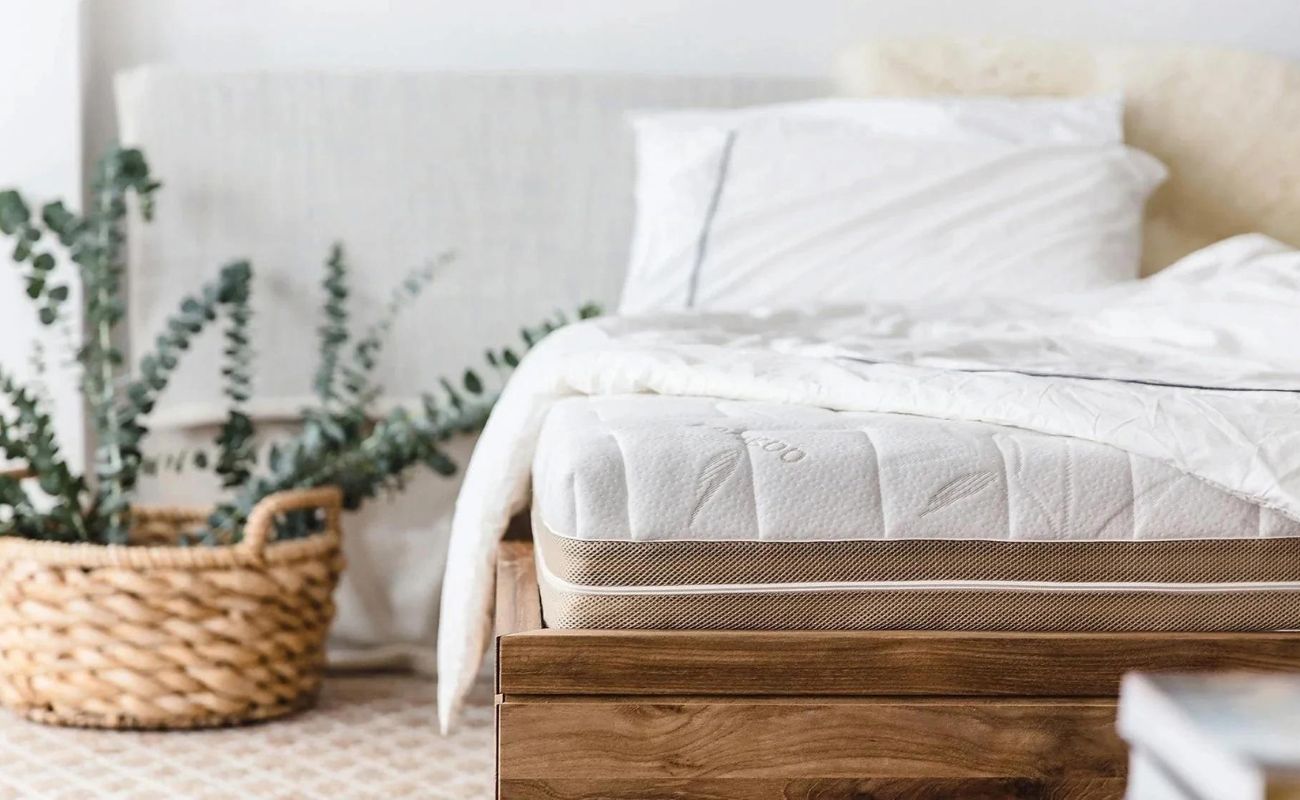
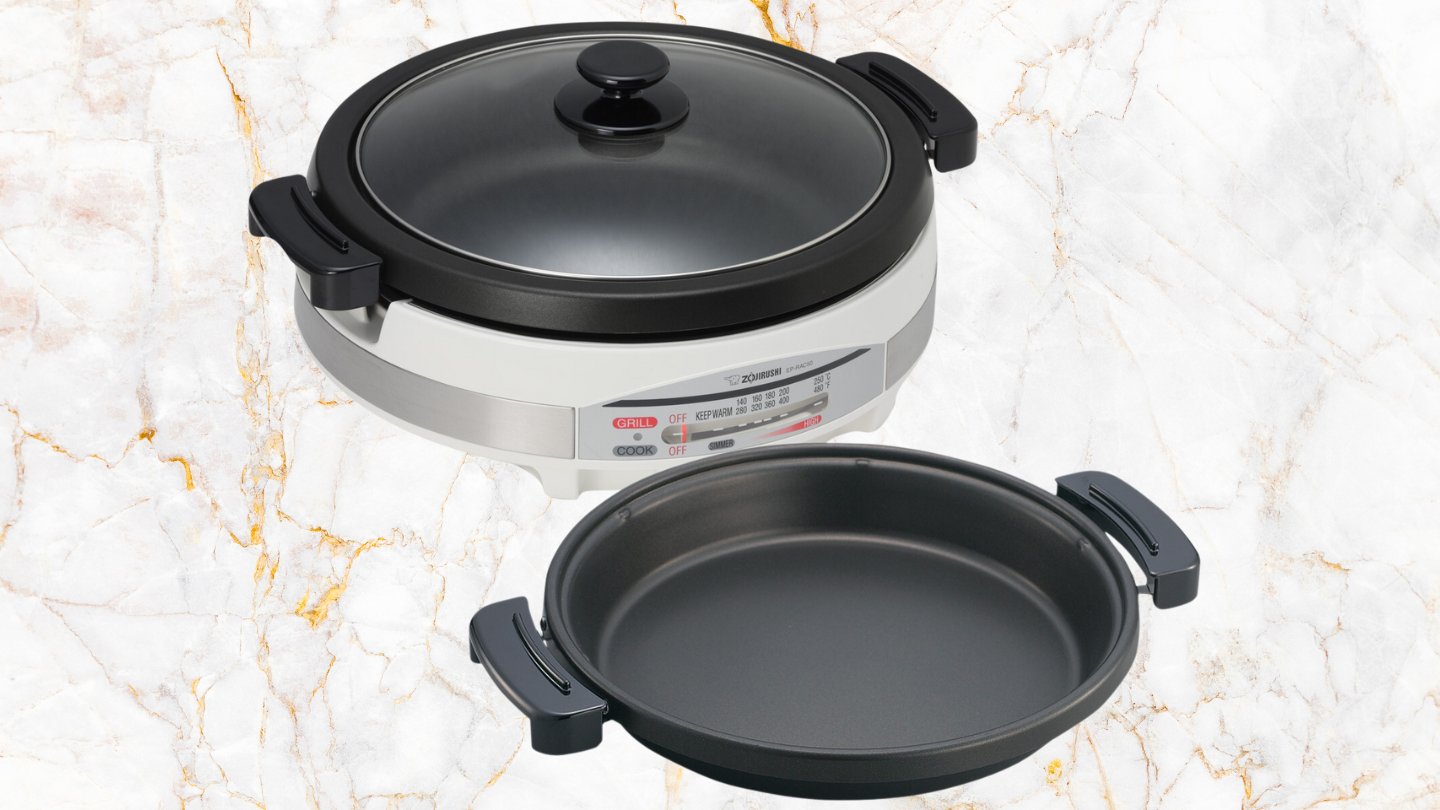



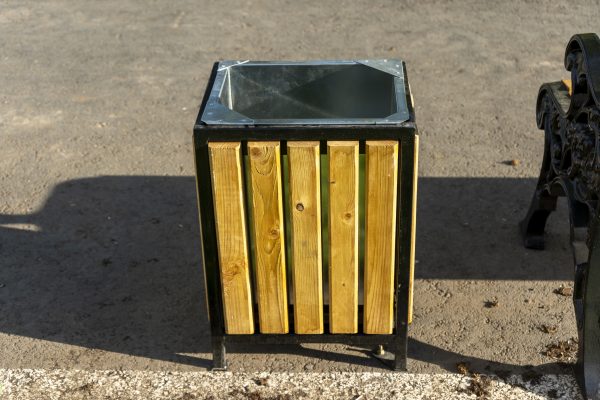
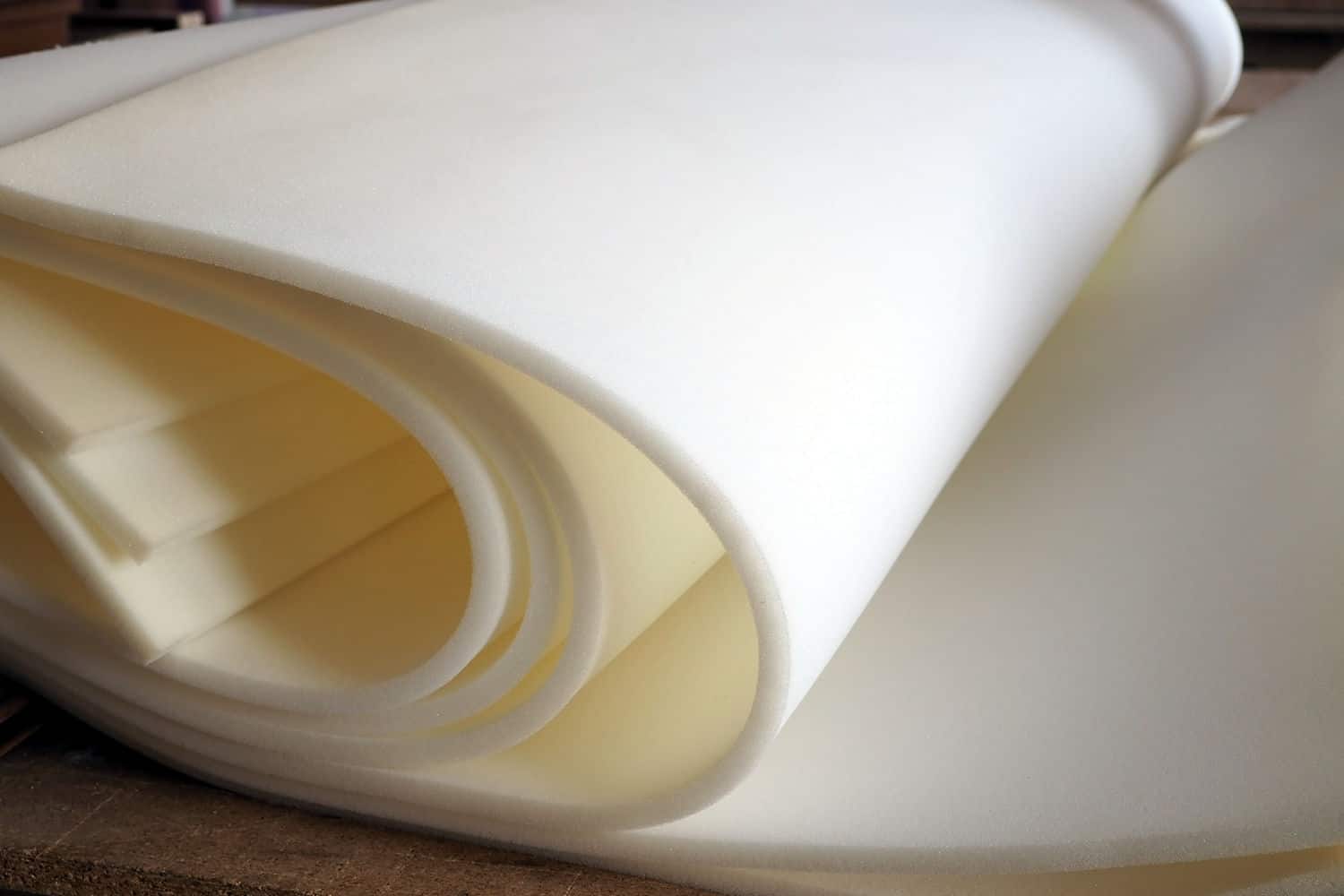

0 thoughts on “What Is The Largest Shed You Can Buy”